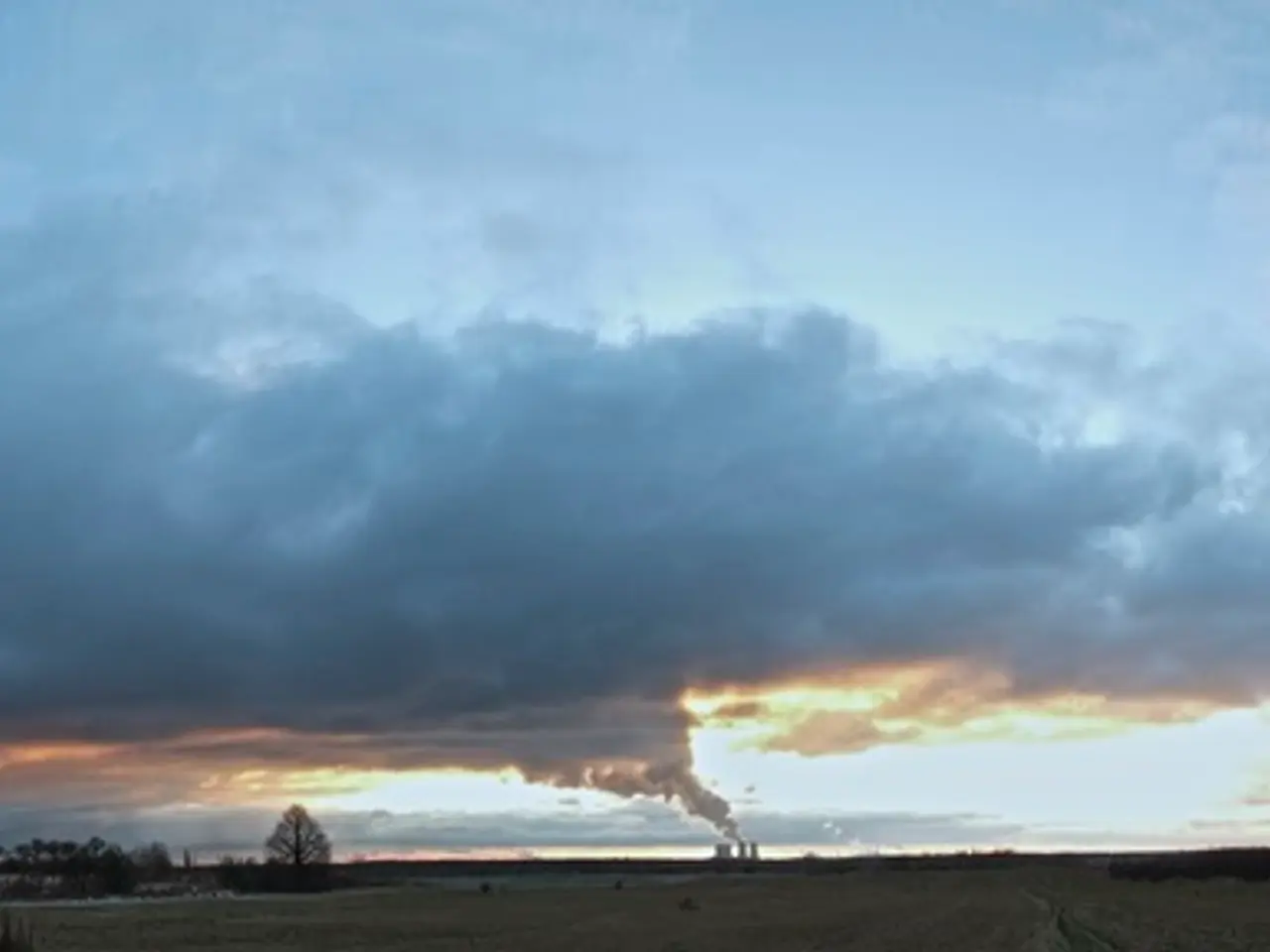More than 100 daily deaths of children in East Asia and the Pacific region are associated with air pollution, according to UNICEF.
In a world increasingly concerned with climate change, a lesser-known yet equally pressing issue looms large: air pollution. Specifically, particulate matter with a diameter of less than 2.5 micrometers, or PM2.5, poses significant risks to human health and contributes to greenhouse gas emissions driving global warming.
The crisis is particularly acute in Africa and Asia, where countries like India, Pakistan, China, and Egypt, notorious for their high pollution levels, have annual average PM2.5 concentrations exceeding five times the World Health Organization (WHO) recommended limit. This puts the health of millions at risk, with people living in four South Asian nations - Bangladesh, India, Nepal, and Pakistan - expected to lose an average of five years of their lives due to air pollution.
Air pollution is not just a local issue. It is a global crisis, claiming the lives of approximately 8.1 million people every year. It is the second leading cause of death worldwide, and the UN analysis reveals that more than 100 children under five years of age die every day across East Asia and the Pacific due to air pollution.
The root of the problem lies in a lack of adequate infrastructure and funding, exacerbated by inequality and poverty. In the poorest nations, roughly three billion people use unclean sources of fuels for cooking and heating, releasing dangerous pollutants like nitrogen oxides, carbon monoxides, and particulate matter. Indoor air pollution, responsible for more than half of air pollution-related deaths in children under five in East Asia and the Pacific, is primarily caused by the burning of unclean fuels and solid fuel stoves.
Women and girls are disproportionately affected by household air pollution due to spending larger amounts of time indoors. A 2016 WHO analysis found that girls in households that depend on unclean fuels lose around 20 hours each week gathering wood or water, putting them at a disadvantage compared to households with access to clean fuels and their male counterparts.
Unfortunately, the situation is not improving quickly. Just 6.8% and 3.7% of governments in Asia and Africa, respectively, provide their citizens with fully open-air quality data. This lack of transparency makes it difficult to develop and implement effective policies. Most countries in these regions also lack key air quality standards needed to develop adequate policies.
The WHO updated its air quality guidelines in 2021, setting the 24-hour PM2.5 safe limit at 15 μg/m3 and the annual threshold at 5 μg/m3. However, less than 1% of the world's population is exposed to PM2.5 below these safe thresholds.
The fight against air pollution is a daunting task, but it is a battle we must win. The health and well-being of millions of people depend on it. This story is funded by readers' donations, and your support can help make a difference.
UNICEF Regional Director for East Asia and the Pacific, June Kunugi, stated that all 500 million children living in the region are exposed to unhealthy levels of air pollution. It is time for us to act. It is time to breathe clean air.
Read also:
- Peptide YY (PYY): Exploring its Role in Appetite Suppression, Intestinal Health, and Cognitive Links
- Toddler Health: Rotavirus Signs, Origins, and Potential Complications
- Digestive issues and heart discomfort: Root causes and associated health conditions
- House Infernos: Deadly Hazards Surpassing the Flames








